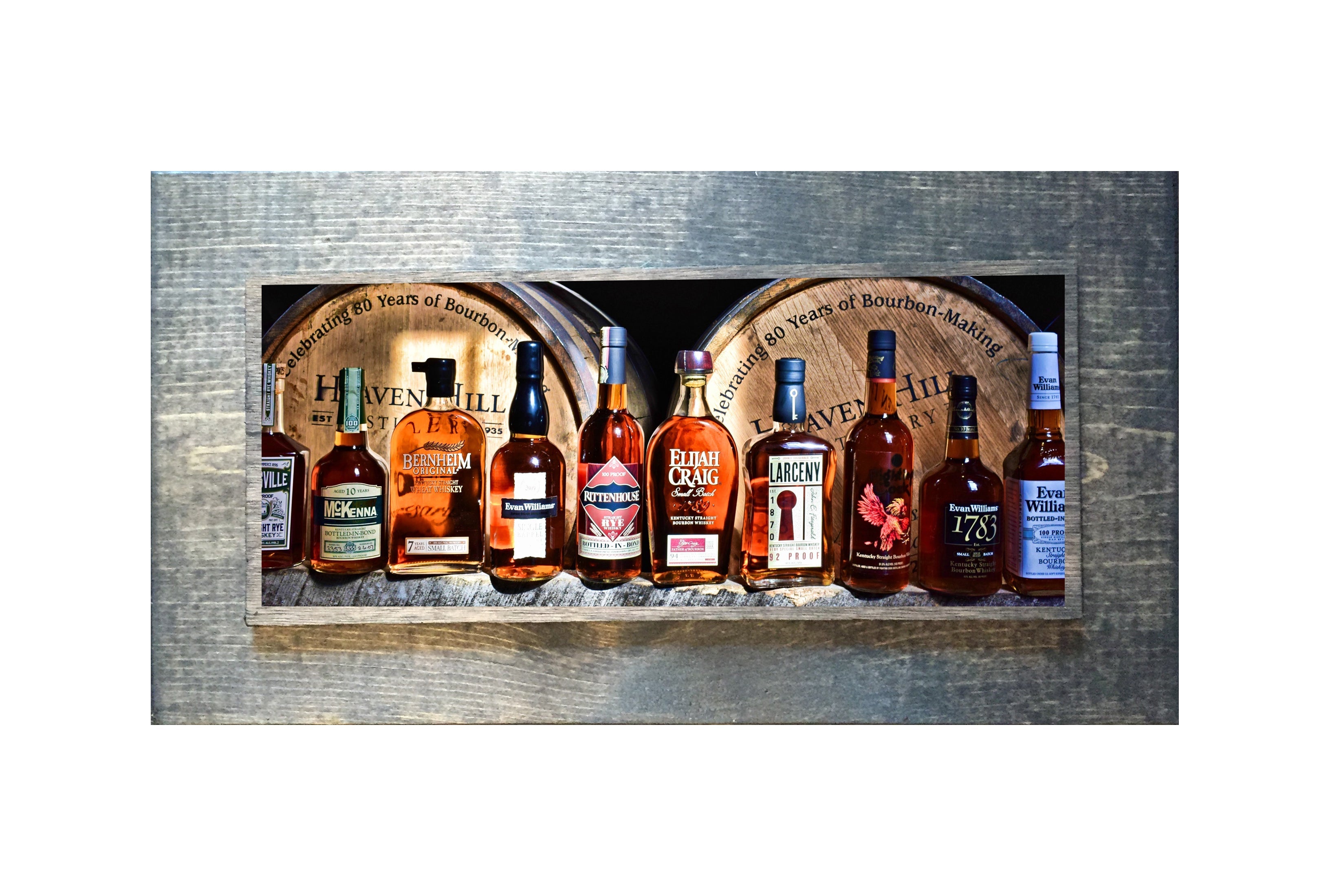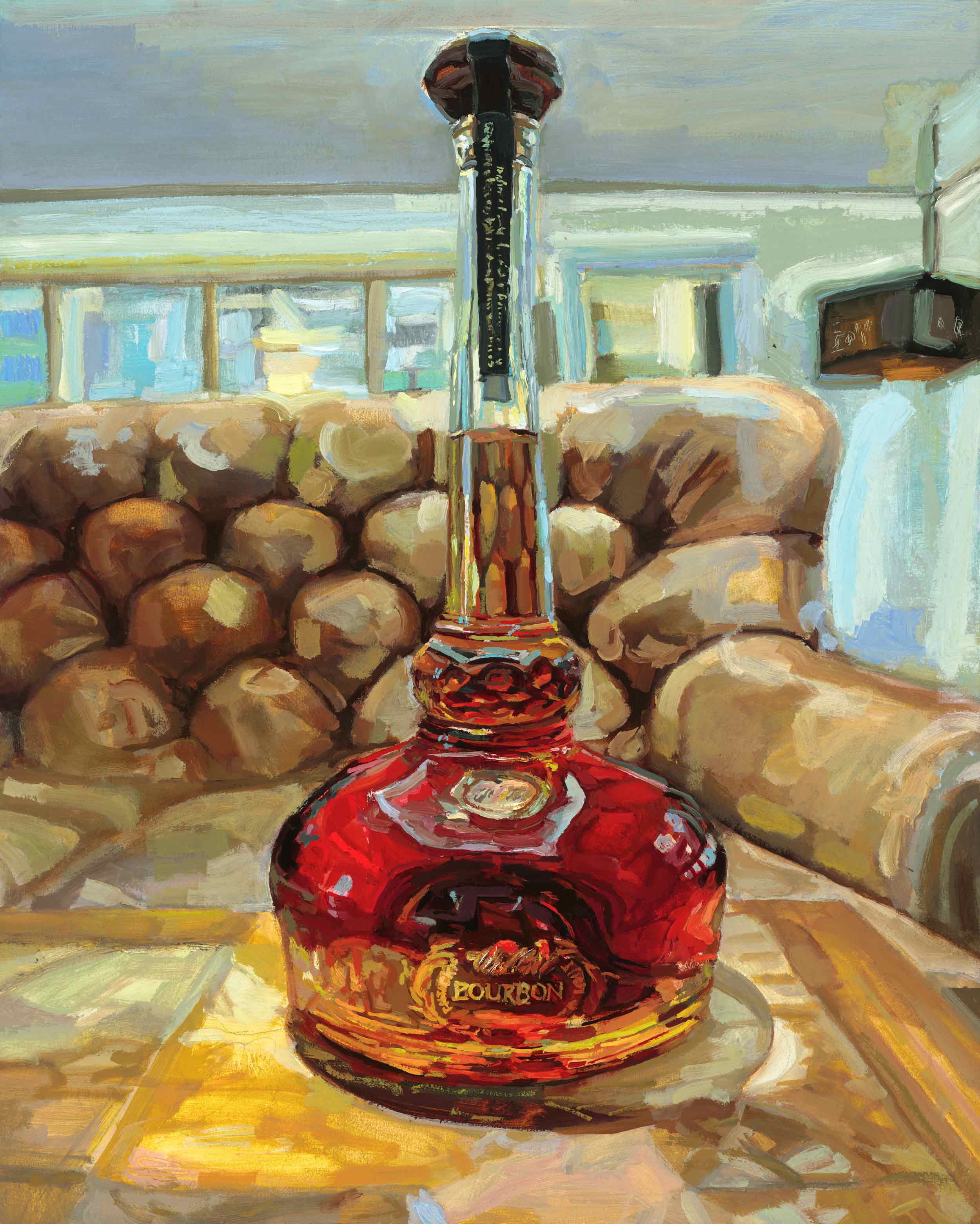The Importance of Whiskey Art in Celebrating Heritage and Craftsmanship in the Beverage Sector
The intricate partnership between bourbon art and the event of heritage and craftsmanship within the drink market can not be overstated. With thoughtfully made bottles and tags, scotch brands envelop their historical origins and the artisanal skills that specify their production approaches.
The Historical Origins of Whiskey
At the heart of bourbon's allure exists a rich tapestry of historic roots that map back to ancient people. The origins of scotch can be connected to the distillation techniques of the Sumerians and Babylonians around 2000 BCE, where early forms of fermented grain beverages started to arise. Nonetheless, it remained in the Middle Ages that the art of distillation developed dramatically, particularly in Ireland and Scotland, leading to the development of bourbon as we understand it today.
The term "bourbon" itself originates from the Gaelic word "uisce beatha," implying "water of life." This expression emphasizes the cultural relevance of scotch in Celtic cultures, where it was often connected with routines, parties, and public bonding. By the 15th century, distillation became an acknowledged craft within reclusive communities, leading the way for the facility of lawful distilleries.
As profession courses expanded, scotch's popularity expanded, going beyond regional borders and recording the interest of connoisseurs worldwide. Whiskey Art. This historic journey shows not just the craftsmanship behind scotch manufacturing yet additionally its essential function in cultural and social contexts, marking it as a considerable beverage throughout history
Artistic Expression in Branding
Whiskey branding stands as a compelling intersection of artistry and commerce, where aesthetic identity plays a vital function in forming consumer understanding. The appearances of bourbon tags, product packaging, and advertising materials reflect not only the brand name's tale however likewise its core values and heritage. Through imaginative expression, distilleries share a narrative that resonates with consumers, evoking emotions and sparking links.
Making use of shade, typography, and imagery in branding serves to separate items in a saturated market. For example, traditional themes may stimulate a sense of credibility and craftsmanship, while modern-day layouts can symbolize development and forward-thinking. This strategic imaginative direction improves brand name recognition and commitment, allowing customers to forge a personal partnership with the scotch they pick.
Furthermore, imaginative expression in branding frequently acts as a celebration of local heritage. Distilleries regularly integrate neighborhood symbols or historical referrals into their styles, developing a local color that welcomes customers to partake in a wider social experience. Eventually, the virtuosity behind whiskey branding not only improves aesthetic allure but likewise improves the total narrative of the brand, promoting a much deeper gratitude for the craftsmanship and heritage ingrained in each container.
Workmanship in Container Design
The artistry apparent in scotch branding expands past aesthetic identification to encompass the craftsmanship involved in bottle style. Each bottle serves as a vessel not just for the spirit within, however likewise for the tale it informs concerning its tradition, origin, and quality. The layout procedure requires precise focus to information, as components such as form, product, and closure add considerably to the general perception of the scotch.
Craftsmanship in bottle style entails picking top quality glass that can improve the bourbon's shade and clarity, while likewise supplying a responsive experience for the consumer. The silhouette of the container must be both functional and visually attractive, often mirroring the heritage of the brand. Lots of distilleries go with special shapes or printed logo designs that evoke a feeling of credibility and background.
Furthermore, the label style and typography play an essential duty in interacting the brand name's story. Realism Art. A well-crafted container not just mesmerizes the consumer's eye yet also enhances the brand's commitment to high quality and custom. By doing this, the craftsmanship of container layout comes to be an essential aspect of the bourbon experience, merging creativity with a profound regard for heritage
Cultural Significance of Bourbon Art
Commemorating practice and workmanship, the cultural significance of whiskey art transcends mere aesthetic appeals, linking with the historic and social narratives of the areas from which it comes from. Each container works as a canvas, showing the special stories, folklore, and customs that have actually shaped regional whiskey-making practices. The complex designs frequently reflect the heritage of the distillers, incorporating symbols and themes that resonate with the society and values of their areas.

Furthermore, bourbon art plays a vital role in communal gatherings and parties, serving as a concrete link between individuals and their shared experiences. By valuing the virtuosity in whiskey product packaging, consumers grow a deeper understanding and regard for the craft, inevitably enhancing their enjoyment of the drink itself.
Modern Trends in Bourbon Presentation
Over the last few years, the discussion of whiskey has actually advanced to reflect contemporary preferences and fads while still recognizing standard craftsmanship - Whiskey Art. Distilleries are progressively concentrating on visual aspects that boost the general alcohol consumption experience, linking the void in between heritage and modernity
Innovative container styles have arised, frequently including sustainable materials and imaginative labels that tell compelling tales. Lots of brand names now collaborate with neighborhood musicians, instilling their items with unique aesthetic expressions that reverberate with customers. In addition, limited-edition launches are frequently packaged in collectible containers, including value and charm for connoisseurs.

Final Thought
To conclude, whiskey art functions as an important conduit for sharing the heritage and workmanship intrinsic in the beverage industry. Through complex branding, innovative container designs, and culturally considerable creative components, whiskey brand names effectively recognize their traditions and link with customers. This artistic narrative not just boosts click over here the recognition of scotch yet also enhances neighborhood identification and satisfaction amongst producers. Ultimately, whiskey art plays a necessary role in preserving and celebrating the rich social tapestry of whiskey-making.


Workmanship in bottle design involves choosing high-grade glass that can enhance the whiskey's color and clarity, while likewise providing a responsive experience for the consumer. In this hop over to these guys method, the craftsmanship of container style ends up being an important aspect of the bourbon experience, merging artistry with an extensive respect for heritage.
In conclusion, whiskey art offers as a crucial channel for expressing the heritage and craftsmanship intrinsic in the beverage sector.